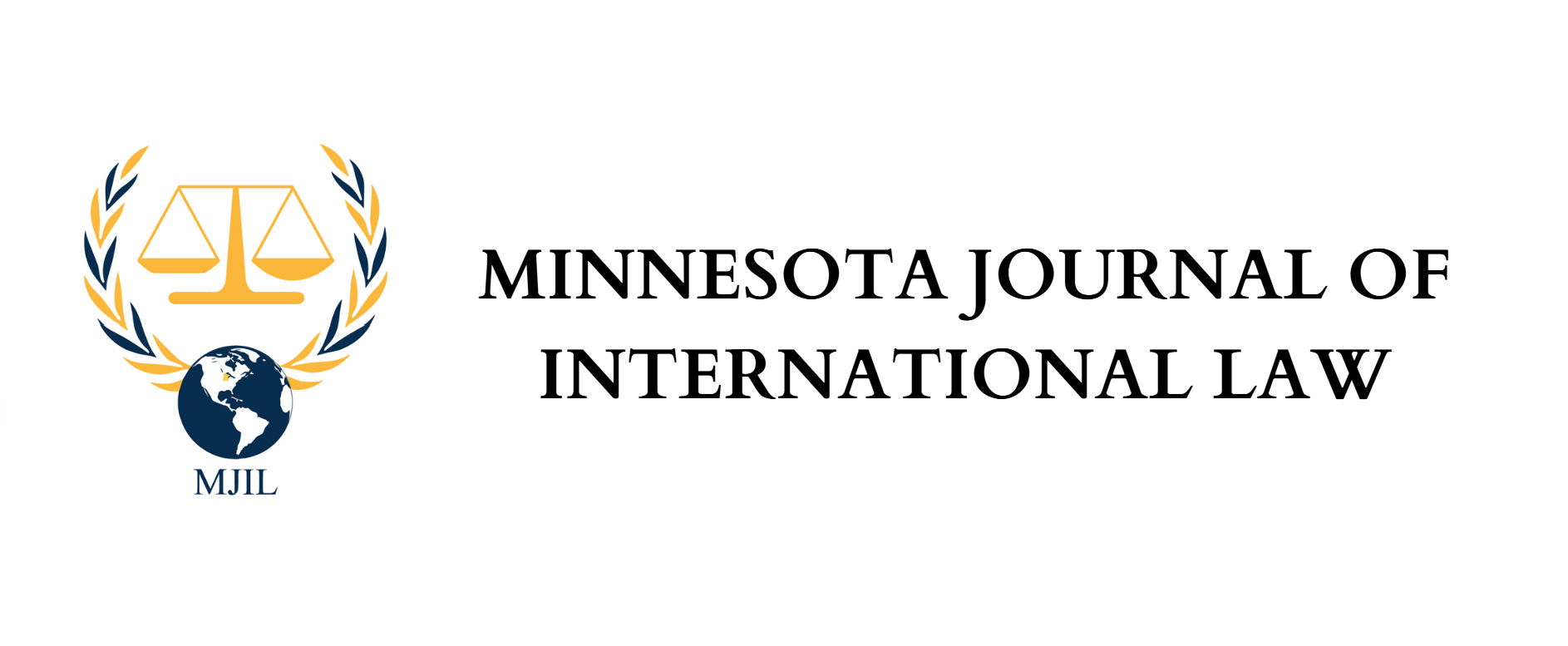By Brennan Lee
Non-Lethal Weapons (NLW) “are explicitly designed and primarily employed so as to incapacitate personnel or materiel, while minimizing fatalities, permanent injury to personnel, and undesired damage to property and the environment.”[1] Despite the name, Non-Lethal Weapons do not include “any complete assurance against lethal effects of the weaponry. The effort is to reduce the probability of mortality, but not necessarily to negate it altogether.”[2]
Col. Wendell Leimbach, Director of the Joint Non-Lethal Weapons Directorate, believes that increased focus and funding should be placed on the development and implementation of Non-Lethal Weapons into the warfare spectrum.[3] As he noted in a recent article, “with thoughtful employment, NLW . . . are effective tools to reduce civilian causalities and are also able to enhance the lethality and survivability of operational forces across the conflict spectrum.”[4] He further stated that “the absence of effective NLW systems made developing clear, concise, and safe TTP impossible” in the Iraq missions prior to 2006.[5] In the article, Colonel Leimbach argued that tactical and political situations on the battlefield are improved when NLW are included in a soldier’s tool belt,[6] and “[i]nvesting in the technology, training, and integration of NLW throughout all phases of military operations will enable Marines to conceptualize the myriad of ways that NLW can help solve complex tactical problems.”[7]
In addition to some potential tactical advantages, it is also important to note that Non-Lethal Weapons are legally authorized for U.S. personnel use in military conflict. As the Directorate pursues the implementation of these weapons it should highlight that this authorization bears the important mark of not imposing an additional burden on the operators to use the weapons. As Department of Defense Directives order, “[t]he presence of NLW will not constitute an obligation for their use, or create a higher standard for the use of force,” and “NLW may be used in conjunction with lethal weapon systems to enhance effectiveness and efficiency in military operations, where such use is consistent with domestic and international law, including the law of war.”[8]
However, the legal framework of NLW use in warfare may be subject to different legal regimes in the international context, depending on the type of weapon used.[9] Generally though, NLW might legally be used in warfare if certain distinctions are met.[10] “International law has for a long time contained rules that applied to the development and use of weapons, such as the duty not to use weapons that inflict superfluous injury or unnecessary suffering.”[11] Other rules of international law, such as the traditional weighing of military necessity, and the principle of proportionality indicate that each advance in military technology and weaponry must be individually assessed in terms of compliance with the relevant legal structures.[12] This is an important function of the Joint Non-Lethal Weapons Directorate, which conducts this critical assessment in the research and development stage.[13] The policies and recommendations would not be pursued by the Directorate without this analysis.
Therefore, as the Joint Non-Lethal Weapons Directorate continues to make the case to “reframe the talk about non-lethal weapons”[14] amidst the current “capability gap”[15] the Directorate should also continue to point out the ways in which its proposed weapons are legally authorized without imposing additional burdens on troops. This is important for the Directorate to note as they address the gray-zones of modern warfare, and the potentially beneficial use of non-lethal weapons.[16] This would serve the Directorate well in maintaining the narrative that the use of NLW “would give American Forces a better chance to compete.”[17]
[1] U.S. Dep’t of Def., Directive No. 3000.03E: DoD Executive Agent for Non-Lethal Weapons (NLW) and NLW Policy (2017).
[2] David A. Koplow, Tangled Up in Khaki and Blue: Lethal and Non-Lethal Weapons in Recent Confrontations, 36 Geo. J. Int’l L. 703, 709 (2005).
[3] Megan Eckstein, Pentagon’s Non-Lethal Weapons Office Pushing Gray-Zone Warfare Tools, USNI (Sept. 24, 2019 4:00 PM), https://news.usni.org/2019/09/24/pentagons-non-lethal-weapons-office-pushing-gray-zone-warfare-tools.
[4] Wendell B. Leimbach, Non-Lethal Weapons: Will Marines ever use this capability?, Marine Corps Gazette, Aug. 2019, at 13, https://mca-marines.org/wp-content/uploads/Leimbach.pdf.
[5] Id. at 12.
[6] Id. at 14 (“NLW increases my ability to determine hostile intent, suppress at range, or delay the possibility of hostile actions when conducting operations other than high intensity combat.”).
[7] Id.
[8] U.S. Dep’t of Def., Directive No. 3000.03E: DoD Executive Agent for Non-Lethal Weapons (NLW) and NLW Policy (2017).
[9] See 1993 Convention on the Prohibition of the Development, Production, Stockpiling and Use of Chemical Weapons and on their Destruction, opened for signature Sept. 3, 1992, 1975 U.N.T.S. 3 (entered into force 29 Apr. 1997) (“Each State Party Undertakes not to use riot control agents [RCAs] as a method of warfare.”). But see David P. Fidler, The International Legal Implications of “Non-Lethal” Weapons, 21 Mich. J. Int’l L. 51, 96 (1999) (“The United States clearly maintains that RCAs may be used during armed conflict in certain situations despite the prohibition on the use of RCAs as a “method of warfare.” The American position on this issue is not shared universally.”).
[10] Michael L. Gross, Nonlethal Weapons, Noncombatant Immunity, and the Principle of Participatory Liability, 47 Case W. Res. J. Int’l L. 201, 215 (2015).
[11] Fidler, supra note 9, at 65.
[12] Id. at 98.
[13] Koplow, supra note 2, at 808 (“Assessment of the effects of candidate NLW technologies upon human beings is a major part of the weapon development process, and the Joint Directorate and the individual U.S. military services have instituted elaborate procedures for vetting the health impact of new concepts.”); Fidler, supra note 9, at 95–96 (“The Department of Defense Policy for Non-Lethal Weapons requires that the development and use of all “non-lethal” weapons be subjected to a legal review to assess their conformity with domestic and international law, especially the laws of war.”).
[14] Eckstein, supra note 3.
[15] Id.
[16] Gross, supra note 10 (“Modern warfare poses unique challenges that nonlethal weapons may be well suited to meet.”).
[17] Eckstein, supra note 3.
